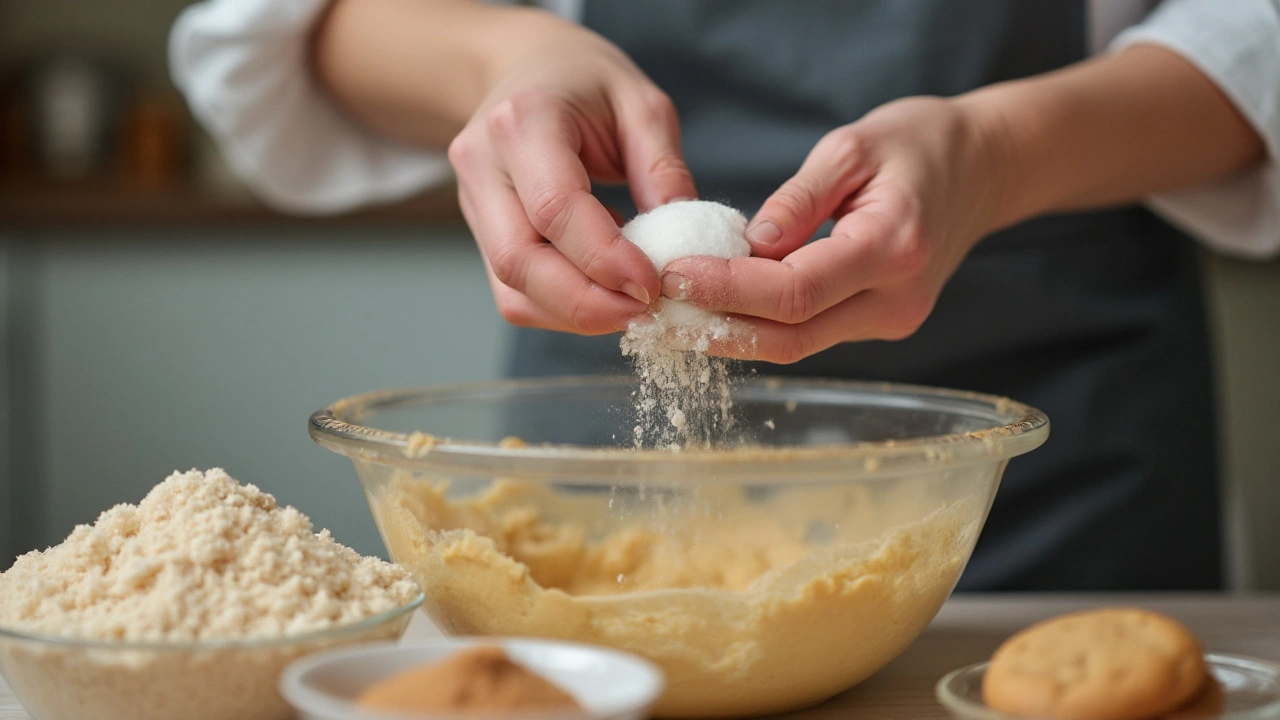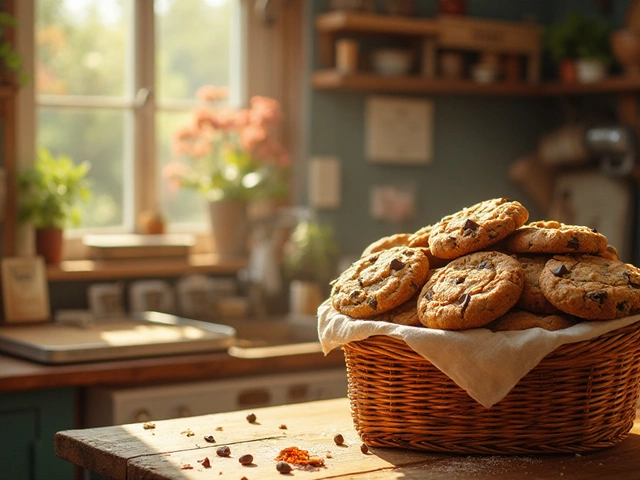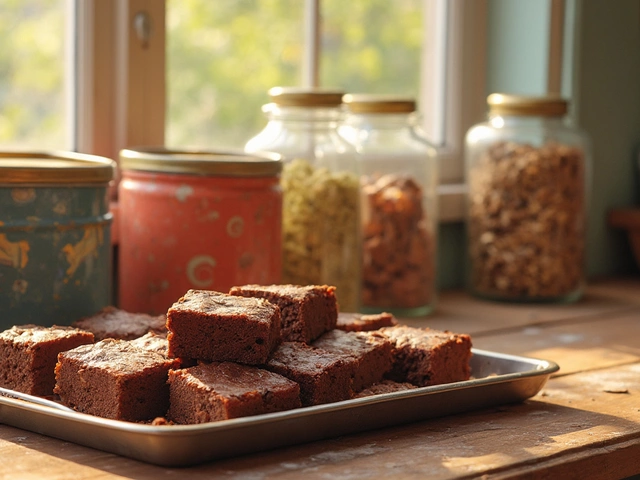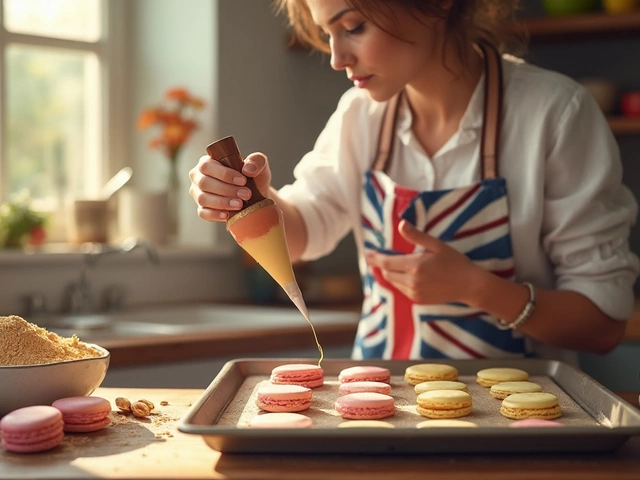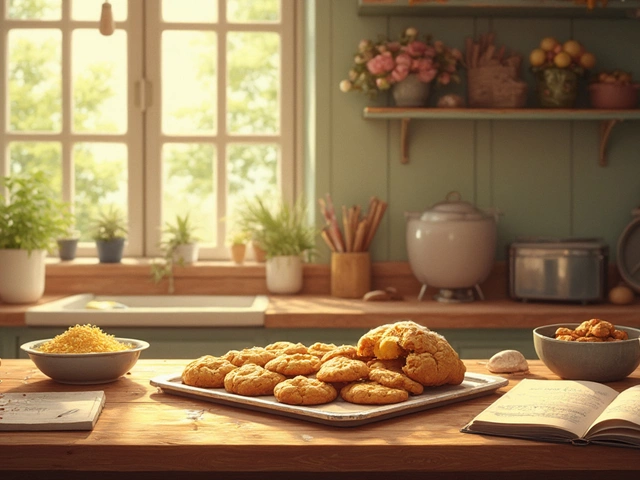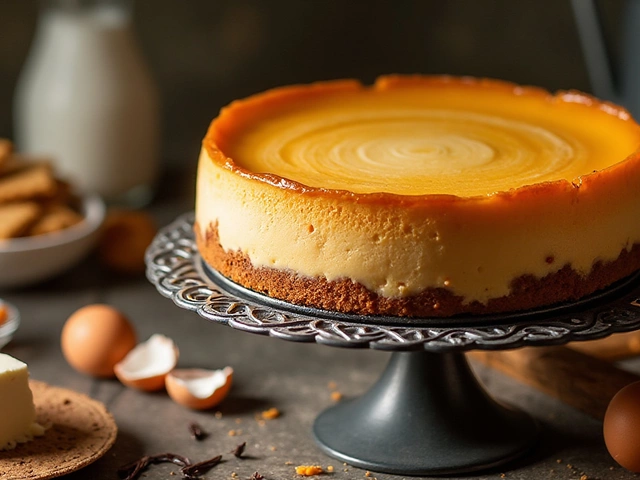Sugar Basics: How to Choose, Store, and Use It Right
If you’ve ever wondered why some cookies turn out crisp while others stay chewy, the answer often starts with the type of sugar you use. Sugar isn’t just a sweetener – it shapes texture, color, and even how fast a batter spreads in the oven. This page pulls together the most useful advice from our blog posts, so you can pick the right sugar, keep it fresh, and make better baked goods without guessing.
Choosing the Right Sugar for Every Recipe
White granulated sugar is the go‑to for most cakes and cookies. It dissolves quickly, giving you a clean, even crumb. Brown sugar, on the other hand, contains molasses, which adds moisture and a deeper flavor. That’s why brownies made with brown sugar tend to be fudgier, while those with white sugar are lighter and more cakey. If a recipe calls for both, you’re getting the best of both worlds – the structure from white sugar and the chew from brown sugar. Don’t be afraid to experiment: swapping half the white sugar for brown can turn an ordinary cookie into a caramel‑kissed treat.
Storing Sugar So It Stays Fresh
Granulated sugar can sit in the pantry forever if you keep it airtight. Moisture is its biggest enemy – a few drops can cause clumping and even attract pests. Transfer bulk sugar into a sealed container with a tight‑fitting lid, and add a small piece of bread or a few rice grains to absorb any stray moisture. For powdered (icing) sugar, a moisture‑absorbing packet prevents it from turning into a paste. Brown sugar needs a little extra care: store it in a resealable bag with a piece of foil or a brown‑sugar keeper to lock in the molasses and avoid hardening.
Our post on "White Sugar vs Brown Sugar: Which Makes Better Cookies?" dives deeper into how each sugar changes the final crumb, while the "Best Ways to Store Frosted Brownies and Keep Them Fresh" article shows how leftover brownies stay moist when wrapped correctly. Both pieces highlight that the right storage method can make a huge difference in taste and texture.
Beyond plain sugar, you might wonder about alternatives. Coconut sugar and maple sugar bring unique flavors but behave differently in batter. They’re less refined, so they don’t dissolve as fast, which can lead to a denser cake. If you’re looking for a lower‑glycemic option, try stevia or erythritol, but remember to adjust liquid ratios – these sweeteners can draw moisture out of the mix.
Ready to put these tips to work? Check out our guide on "Different Types of Brownies: Classic, Fudgy, Vegan & More" for recipe ideas that showcase how sugar choices affect texture. Whether you’re after a chewy, gooey brownie or a light, cake‑like version, the sugar you pick is a game‑changer. Keep your pantry organized, experiment with swaps, and watch your desserts level up instantly.
